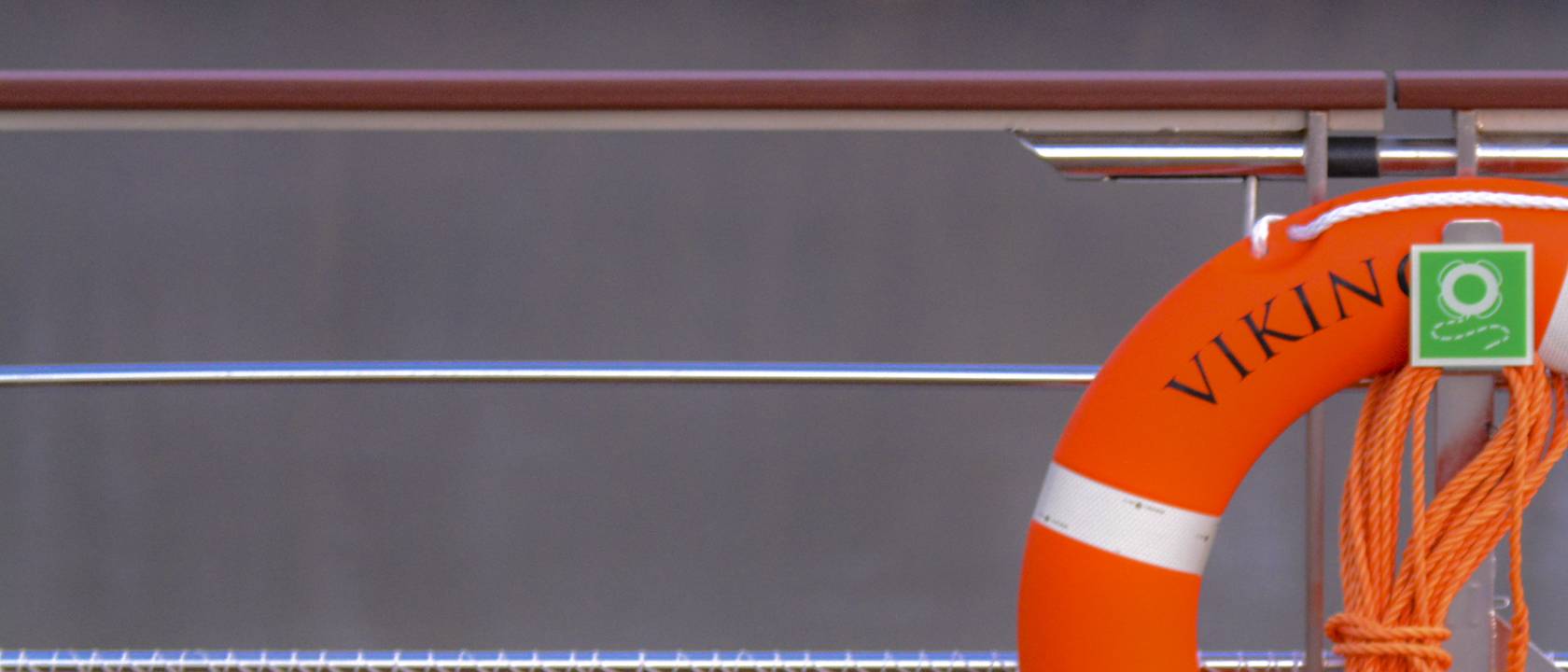SLOW TRAVEL

Grenada’s tourism officials have unveiled a new sign that not only showcases the unique selling points of colorful Grenada, Carriacou and Petite Martinique but also allows visitors to create and share memories of their visit to the Eastern Caribbean tri-island nation.
On display at the Melville Street Cruise Ship Terminal in the capital of St. George’s, the new sign is a powerful symbol and a representation of colorful Grenada’s unique selling points that will no doubt inspire more visitors to explore the “Spice Island” of the Caribbean.

These destination signs, a number of which have been launched across Caribbean countries and territories in recent months, serve as backdrops for the sharing of moments and memories, especially across social media platforms and are affordable tools for destination marketers.
“We are thrilled to unveil this beautiful new sign at the Melville Street Cruise Ship Terminal,” said Petra Roach, CEO of the Grenada Tourism Authority. “It is a true representation of what Grenada has to offer, and it serves as a warm welcome to all who visit our island,” she added.
Grenada features 40 white sandy beaches, including the world-famous Grand Anse Beach; 15 breathtaking waterfalls; six chocolate factories; four rum distilleries; more than 30 dive sites, including ‘Bianca C.’, the largest shipwreck in the Caribbean; and the world’s first underwater sculpture park.

Colorfun Grenada is an island country in the West Indies in the Caribbean Sea at the southern end of the Grenadines island chain. Grenada consists of the island of Grenada itself, two smaller islands, Carriacou and Petite Martinique, and several small islands which lie to the north of the main island and are a part of the Grenadines.
Island culture is heavily influenced by the African roots of most of the Grenadians, coupled with the country’s long experience of colonial rule under the British. Although French influence on Grenadian culture is much less visible than on some other Caribbean islands, surnames and place names in French remain, and the everyday language is laced with French words and the local Creole, or Patois